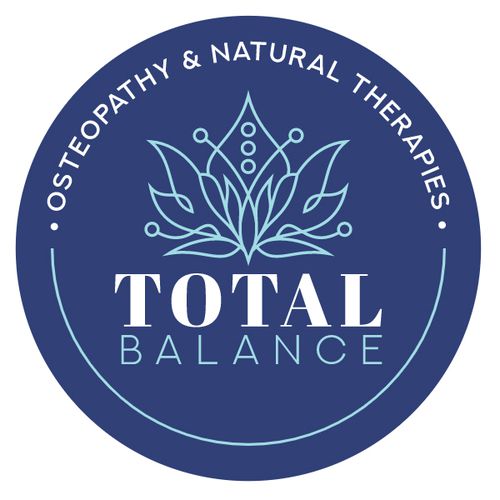
Choosing any kind of therapist or medical practitioner can be tricky – there are so many to choose from, and how do you know whether they will suit you and your circumstances?
Choosing an osteopath is a bit like entering a relationship – you really want to make sure you like them and vice versa! It could be the start of something special.
Osteopathy focuses on the musculoskeletal framework and the intricate relationship between all aspects of the body - how the skeleton, joints, muscles, nerves, circulation, connective tissue and internal organs function together as a whole. Osteopaths use manual therapies to mobilise joints, muscle and soft tissue, such as stretching, soft tissue massage and joint manipulation. It is a truly holistic discipline.
Source: Carlton Sports & Spinal
What Should I Look for?
All osteopaths in Australia are tertiary educated, allied health professionals, so be sure that the person you select is degree-qualified. It takes between five and seven years for students to complete osteopathic training programs and become fully qualified in osteopathic medicine. They should also be a member of the peak professional body, the Osteopathy Australia, formerly Australian Osteopathic Association (AOA). Members of the association must meet the mandated continuing professional development requirements to keep their skills up to date with current thinking, and abide by a code of conduct.
As a measure of how highly regarded the osteopathic profession is, consider that in 2000, a UK government committee reporting on complementary and alternative medicine placed osteopathy in the top five therapies in terms of regulation, education and research. The situation is similar in Australia, where the AOA liaises with state and federal government and other statutory bodies regarding professional, educational, legislative and regulatory issues concerning the industry.
You should feel 100% comfortable with the osteopath you choose, as you are putting your body in their hands.
Valuable Characteristics of an Osteopath
In addition to completing their osteopathic studies at an accredited Australian university, the best osteopathic physicians have extensive experience in a wide range of osteopathic treatments, as they are passionate learners who continue to research and learn about what is new in the world of osteopathy. Moreover, they possess the following attributes:
- Active listening skills and are interested in learning what's making you feel unwell
- Excellent communication skills that enable them to to answer all of your questions as well as tell you what procedures they will be doing
- Compassionately care about their patients' wellbeing
- Topnotch analytical skills that help them come up with the best treatment plan in relation to their findings
- Trustworthy and honour the privacy of their patients
Benefits of Working With a Qualified Osteopath
There are many benefits to choosing a health profession who specialises in osteopathic care. The most important aspect of what they do is that they provide pain relief through gentle manual therapy techniques, exercise programs and health advice.
Sometimes an initial appointment may take longer than what you would expect from healthcare practitioners who provide conventional treatments, but it's worth spending time with your osteopath to get the best results for your health. It's also great value for money.
Osteopaths can help with a range of health issues, including:
- Low-back pain
- Neck pain
- Muscle tension
- Sports injuries
- Pregnancy pain
- Knee or shoulder pain
- Tennis elbow
- Jaw pain
- Digestive issues
- Headaches and migraines
- Stress and anxiety
- Chronic pain
- Ear infections
Do I need a Medical Referral?
Osteopathic care does not require patients to get a formal referral from medical doctors, but by all means ask your GP if he or she would recommend an osteopath. Likewise, word of mouth recommendations from friends or colleagues are invaluable, as they have first-hand knowledge of the osteopath. If you have a professional relationship with another natural therapies practitioner, consider asking their opinion as well.
Osteopaths will usually ask you how you like to be treated, so don't be shy to tell them. If you don't know, just say so and they will use various techniques. If something doesn't feel right, let them know.
Check whether your private health insurance offers rebates for osteopathic treatment – many do depending on your level of cover.
Many people report a sense of total relaxation after an osteopathic consultation, and a sense that they have done something good for their body. Find an osteopath in your local area.
Originally published on Feb 04, 2011








